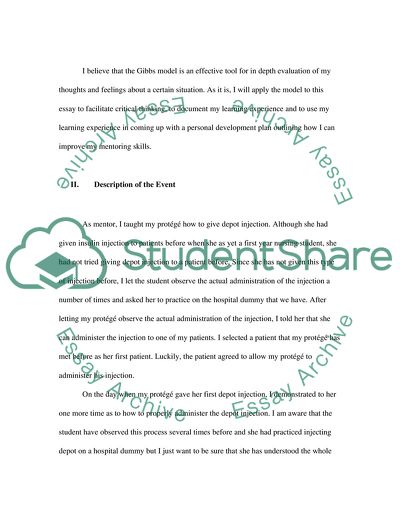Cite this document
(A Nurse Mentor Reflection in Clinical Practice Using Gibbs Model Report, n.d.)
A Nurse Mentor Reflection in Clinical Practice Using Gibbs Model Report. https://studentshare.org/health-sciences-medicine/1732803-mentorship-a-nurse-mentor-reflection-in-clinical-practice-using-gibbs-model
A Nurse Mentor Reflection in Clinical Practice Using Gibbs Model Report. https://studentshare.org/health-sciences-medicine/1732803-mentorship-a-nurse-mentor-reflection-in-clinical-practice-using-gibbs-model
(A Nurse Mentor Reflection in Clinical Practice Using Gibbs Model Report)
A Nurse Mentor Reflection in Clinical Practice Using Gibbs Model Report. https://studentshare.org/health-sciences-medicine/1732803-mentorship-a-nurse-mentor-reflection-in-clinical-practice-using-gibbs-model.
A Nurse Mentor Reflection in Clinical Practice Using Gibbs Model Report. https://studentshare.org/health-sciences-medicine/1732803-mentorship-a-nurse-mentor-reflection-in-clinical-practice-using-gibbs-model.
“A Nurse Mentor Reflection in Clinical Practice Using Gibbs Model Report”. https://studentshare.org/health-sciences-medicine/1732803-mentorship-a-nurse-mentor-reflection-in-clinical-practice-using-gibbs-model.


